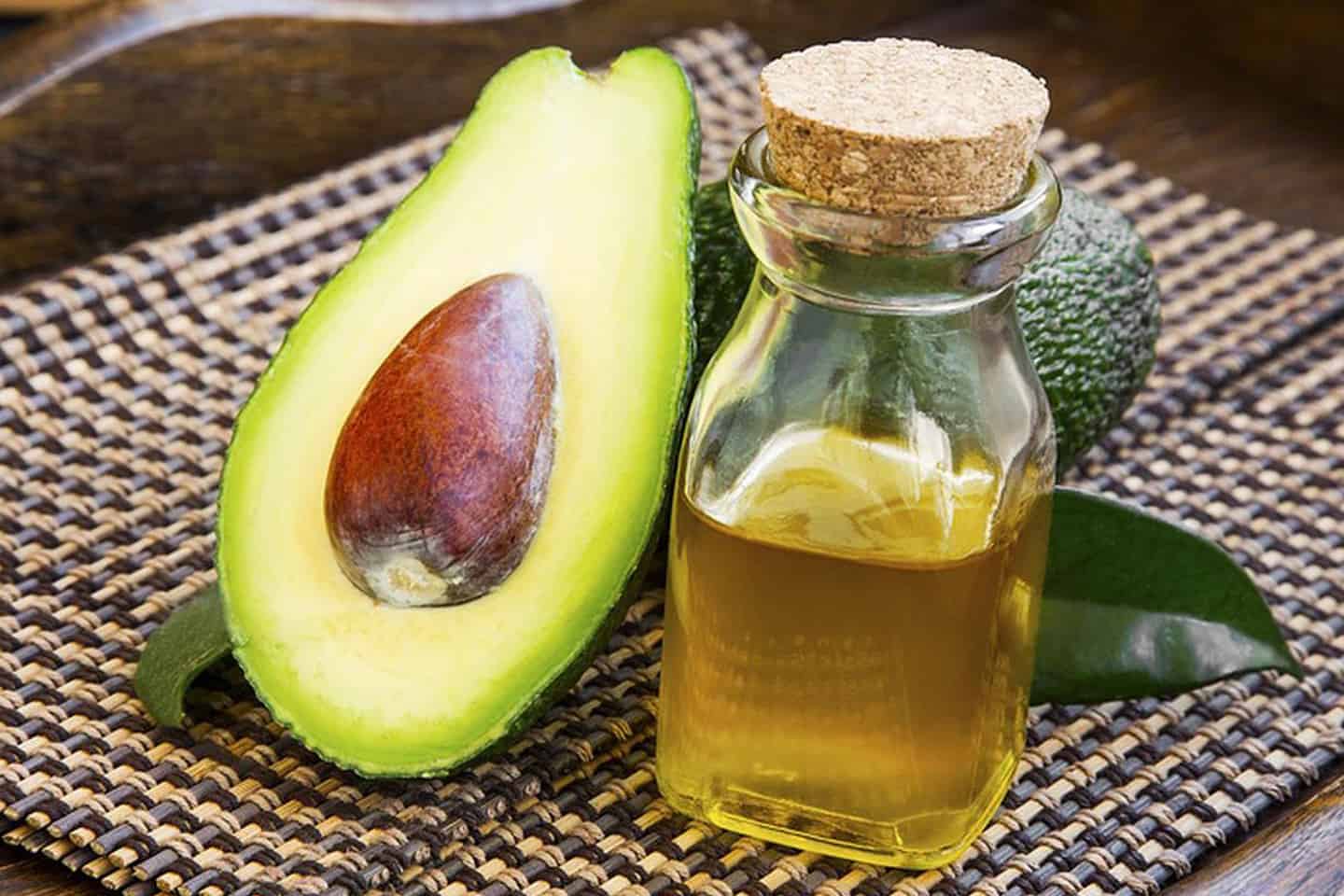Have you ever wondered, what vegetables grow on trees? While we often associate trees with fruits, several vegetables we commonly consume also grow on trees. From avocados to olives, many of these tree vegetables play a crucial role in our diets due to their unique flavors and high nutritional value.
Understanding Tree Vegetables
Understanding the concept of “tree vegetables” involves recognizing that the common usage of the term “vegetable” often differs from its botanical definition. In botanical terms, vegetables are simply parts of the plant that are edible, such as the leaves, roots, or stems. Fruits, on the other hand, are the mature ovaries of flowering plants, typically containing seeds.
However, in culinary and common usage, the distinction between fruits and vegetables is often based on taste and usage. Ingredients that are sweet and typically used in desserts are classified as fruits, while those that are less sweet or used in savory dishes are referred to as vegetables.
Therefore, the “tree vegetables” we talk about are technically fruits in botanical terms, but their culinary usage categorizes them as vegetables. For instance, avocados and olives grow on trees and are botanically fruits, but are commonly used as vegetables in cooking.
Below is a table illustrating some examples of tree vegetables:
| Tree Vegetable | Botanical Classification | Culinary Classification |
|---|---|---|
| Avocado | Fruit | Vegetable |
| Olive | Fruit | Vegetable |
| Capsicum | Fruit | Vegetable |
Understanding this distinction helps us to appreciate the diversity and complexity of the plants we consume in our daily diets, and gives us a deeper insight into the question, “what vegetables grow on trees”.
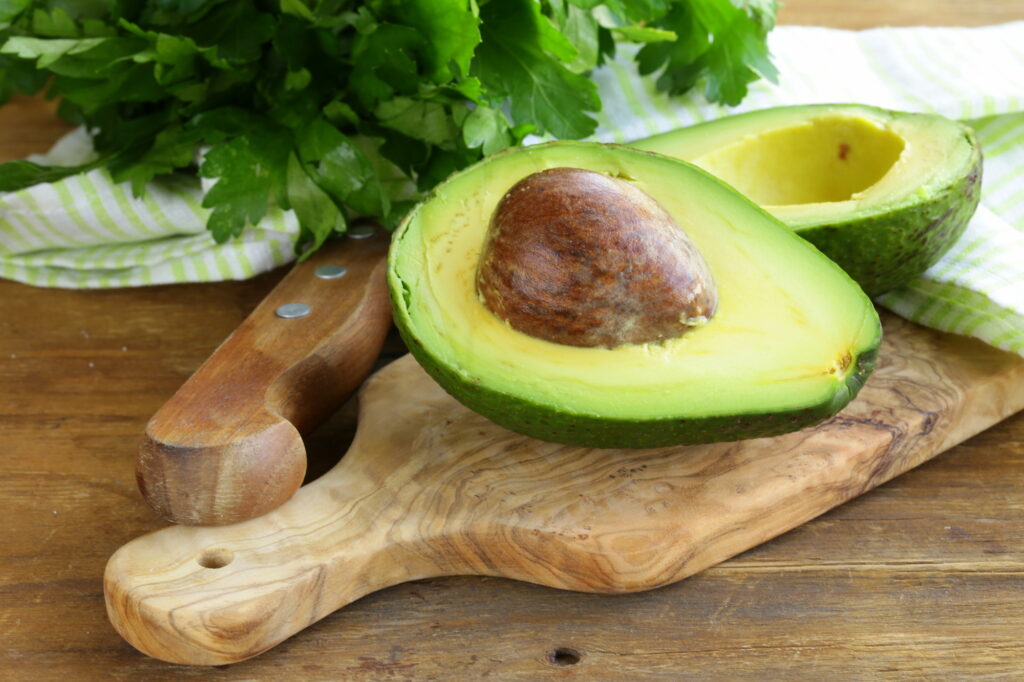
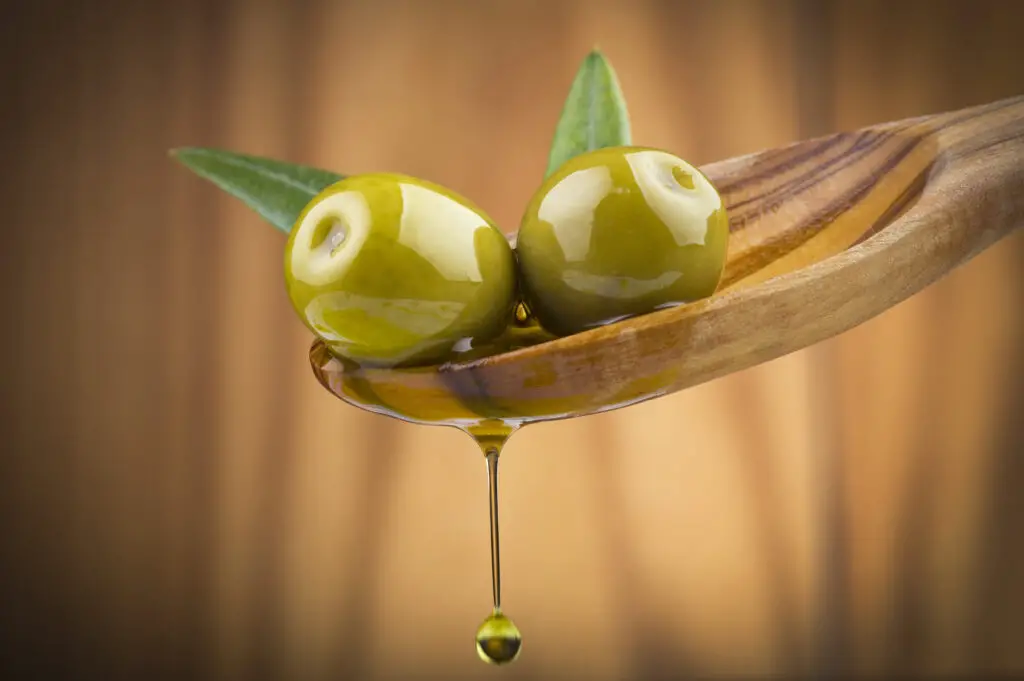
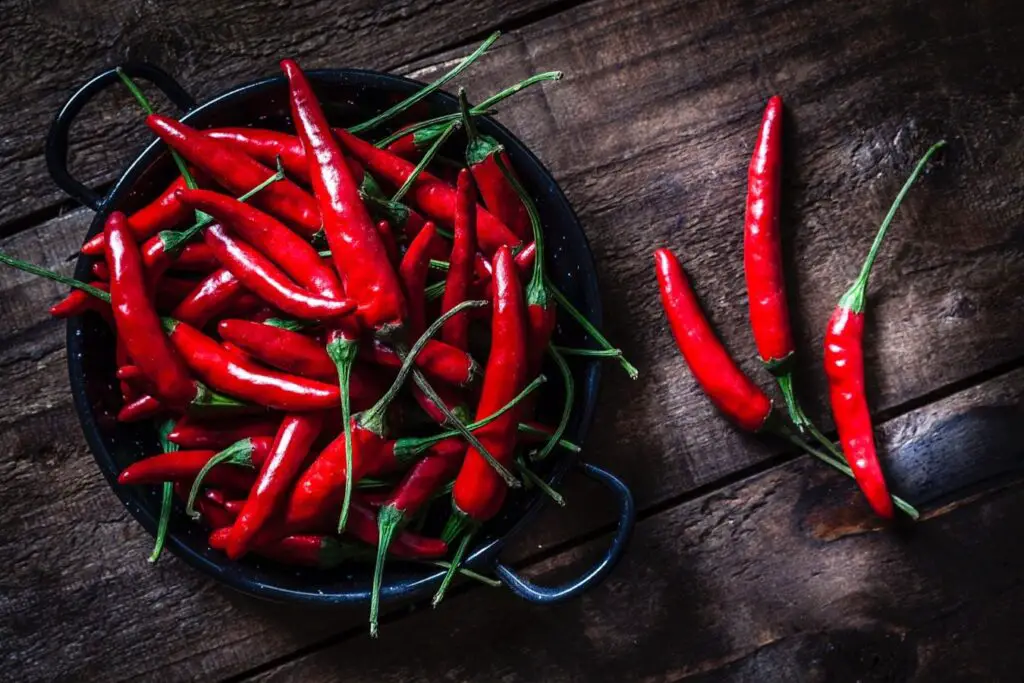
List of Vegetables that Grow on Trees
There are several vegetables that grow on trees, many of which play an integral part in a variety of global cuisines. Here are some examples:
Avocado: Native to South Central Mexico, the avocado tree (Persea americana) produces the well-known and much-loved avocado, a staple in diets around the world.
Olives: The olive tree (Olea europaea) is native to the Mediterranean region and produces olives, a key component in Mediterranean cuisine.
Capsicum: Some species of capsicum or bell peppers are known to grow on trees, although it is less common than shrub varieties.
Drumstick/Moringa: The drumstick tree (Moringa oleifera) is native to the Indian subcontinent and its fruit is used in several South Asian dishes.
Below is a table summarizing these tree vegetables:
| Tree Vegetable | Native Region |
|---|---|
| Avocado | South Central Mexico |
| Olives | Mediterranean |
| Capsicum | Worldwide (various species) |
| Drumstick/Moringa | Indian Subcontinent |
Each of these “tree vegetables” has unique characteristics and culinary uses, making them a fascinating part of our global food culture.
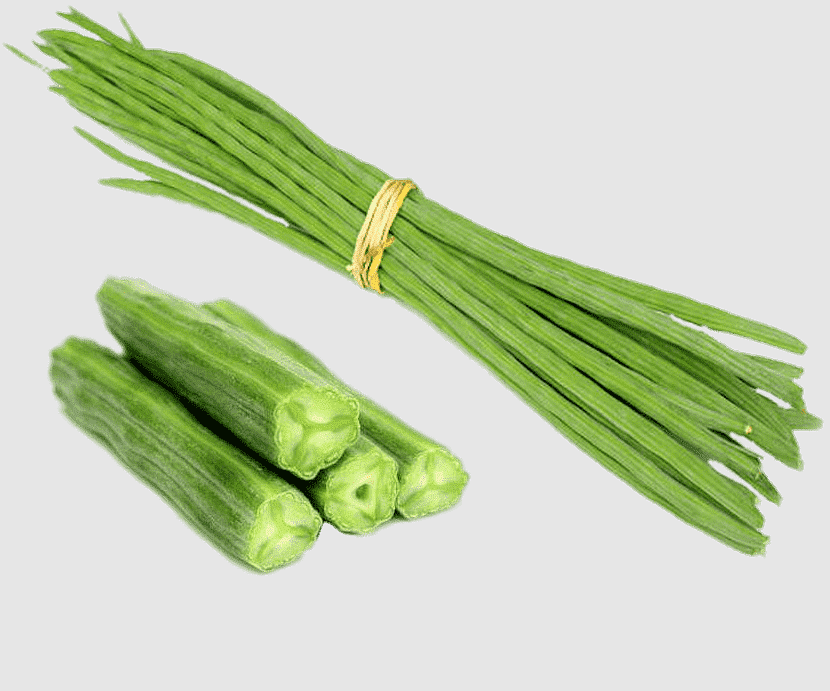
Unique Nutritional Profiles
The vegetables that grow on trees not only add flavor to our meals, but they are also packed with a variety of nutrients that are crucial for our health. Let’s delve into their unique nutritional profiles:
Avocado: Avocados are a great source of healthy monounsaturated fats, which can help reduce bad cholesterol levels and lower the risk of heart disease. They’re also high in vitamins K, C, E, B5, B6, and folate.
Olives: Olives are rich in antioxidants, which can prevent cellular damage and reduce the risk of chronic diseases. They are also a good source of vitamin E and healthy fats.
Capsicum: Capsicums are packed with vitamin C, an antioxidant that helps protect the body against free radicals. They’re also a good source of vitamin A, which supports eye health.
Drumstick/Moringa: Drumsticks are rich in vitamins A and C, calcium, iron, and protein. They’re known for their potential anti-inflammatory and antioxidant properties.
| Tree Vegetable | Notable Nutrients |
|---|---|
| Avocado | Monounsaturated fats, Vitamins K, C, E, B5, B6, Folate |
| Olives | Antioxidants, Vitamin E, Healthy fats |
| Capsicum | Vitamin C, Vitamin A |
| Drumstick/Moringa | Vitamins A and C, Calcium, Iron, Protein |
Including these tree vegetables in your diet can provide a range of health benefits due to their unique nutritional profiles.
Culinary Uses of Tree Vegetables.
The culinary uses of tree vegetables are as varied as their origins. Their unique flavors and textures lend themselves to an array of dishes, making them versatile ingredients in the kitchen.
Avocado, for example, is famed for its creamy texture and mild flavor, making it a staple in many diets. It can be used in salads, mashed onto toast, blended into smoothies, or even turned into guacamole, a Mexican dip that’s loved worldwide. Avocados are also commonly used in sushi rolls and can be baked with eggs for a wholesome breakfast.
Olives, both green and black varieties, are an integral part of Mediterranean cuisine. They can be eaten on their own as a snack, mixed into salads, used as a pizza topping, or incorporated into pasta dishes. Olive paste, also known as tapenade, is a traditional spread used in many Mediterranean recipes.
Capsicums or bell peppers, are a colorful addition to many dishes. They can be stuffed with a variety of fillings, grilled for a smoky flavor, added to stir-fries, or used in salads for a crisp texture.
Lastly, the Drumstick/Moringa tree’s fruit is commonly used in South Asian dishes. Its pods can be cooked in a variety of ways and its leaves are often used in soups and curries.
These are just a few examples of the myriad ways tree vegetables can be used in culinary applications around the world.
Growing Tree Vegetables at Home
Growing tree vegetables at home can be a rewarding endeavor, allowing you to enjoy fresh produce right from your backyard. Here’s a brief guide on how to grow some common tree vegetables at home:
Avocado: To grow an avocado tree, you can start by germinating a pit in a cup of water. Once the pit sprouts and grows roots, it can be planted in a pot or directly in the ground. Avocado trees need plenty of sunlight and well-draining soil. It can take anywhere from 5 to 13 years for the tree to start bearing fruit.
Olives: Olive trees can be grown from cuttings or purchased as small trees. They prefer a sunny location and well-drained soil. They are drought-tolerant and require minimal watering once established. Olive trees can start producing fruit in 3-5 years.
Capsicum: While most capsicums grow on shrubs, certain varieties can be trained to grow like small trees. They prefer a sunny location, well-drained soil, and regular watering. Capsicums grown this way can produce fruit in 60-90 days.
Drumstick/Moringa: Drumstick trees grow quickly and are quite hardy. They can be grown from seeds or cuttings and prefer a sunny location. The tree can start producing drumsticks in 6-8 months.
Remember, growing tree vegetables requires patience as they often take a few years to start bearing fruit. But the wait is definitely worth it when you get to enjoy the fruits of your labor!
Conclusion
In conclusion, the exploration of the question, “what vegetables grow on trees” opens up a world of intriguing vegetation, diverse nutritional profiles, and varied culinary uses. From the creamy avocado to the versatile olive, these tree vegetables offer a unique blend of flavor and nutrition that enriches our meals.
Growing these vegetables at home can be a rewarding experience, with the added benefit of having fresh produce right at your doorstep. It’s a journey that requires patience and care, but the resulting bounty is certainly worth the effort.
Understanding the nature of these tree-growing vegetables can also foster a greater appreciation for the complexity and variety of the foods we consume regularly. So the next time you slice open an avocado or toss some olives into your salad, take a moment to appreciate the remarkable journey these tree vegetables have taken from their tree homes to your plate.
Frequently Asked Questions
1. Q: Can vegetables actually grow on trees?
A: Yes, several vegetables, like avocados, olives, and drumsticks, technically grow on trees. However, in botanical terms, these are fruits since they come from the flowering part of the plant and contain seeds.
2. Q: What is the difference between a vegetable and a fruit?
A: Botanically speaking, a fruit is the mature ovary of a flower, typically containing seeds, while a vegetable can be any other part of the plant, like the leaves, stems, or roots. However, in culinary terms, fruits are often sweet and used in desserts, while vegetables have a broader range of flavors and are used in savory dishes.
3. Q: How long does it take for an avocado tree to bear fruit?
A: An avocado tree can take anywhere from 5 to 13 years to bear fruit, depending on the specific variety and growing conditions.
4. Q: Are olives easy to grow at home?
A: Olive trees are quite hardy and drought-tolerant, making them relatively easy to grow at home, especially in warmer climates. They require minimal watering once established and prefer a sunny location and well-drained soil.
5. Q: Can I eat the drumsticks from a Moringa tree?
A: Yes, the drumsticks, or pods, from a Moringa tree are edible and used extensively in South Asian cuisine. They can be cooked in a variety of ways and offer nutritional benefits like vitamins A and C, calcium, iron, and protein.
6. Q: Are there any tree vegetables that can be grown indoors?
A: Avocados and some varieties of capsicum can be grown indoors in containers, provided they get plenty of sunlight and are cared for properly. However, it can be challenging to get these plants to bear fruit indoors.
7. Q: What nutritional benefits do tree vegetables offer?
A: Tree vegetables offer a variety of nutritional benefits. Avocados are a great source of healthy fats and vitamins, olives are rich in antioxidants, capsicums are packed with vitamins A and C, and drumsticks provide a good amount of calcium, iron, and protein.
